Books
‘Indigenous characters need more agency’
Novelist Pragati Rai delves into her fascination with books that analyse Nepal’s social history.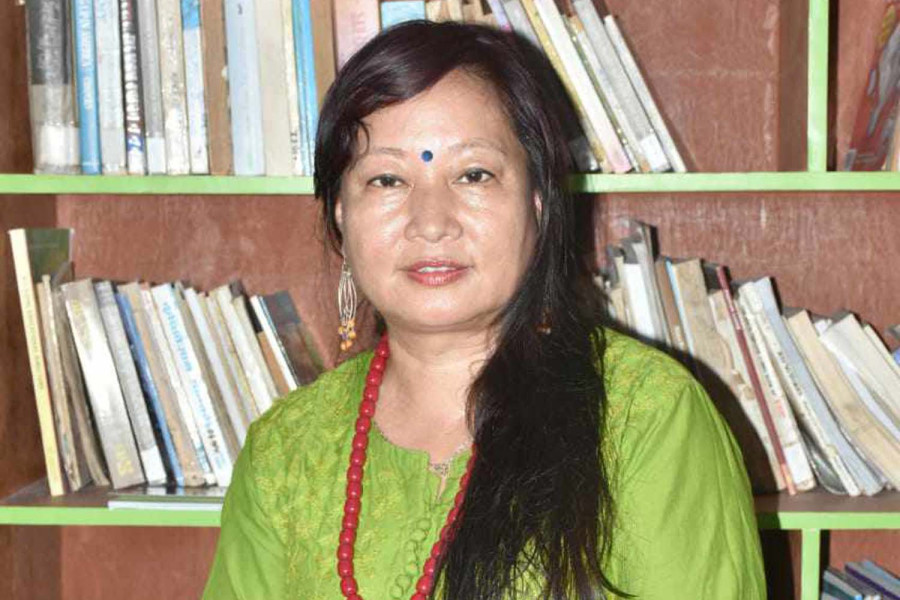
Kshitiz Pratap Shah
Pragati Rai is a prominent writer and literary figure who has authored three novels—all focusing on the role of women in society and critiquing patriarchal norms. Her most recent book, ‘Thangra,’ released only a few months ago, also discusses the complexity of feminine realities, with the added inclusion of racial elements. Along with writing, Rai also advocates feminist perspectives in public spheres.
Rai is an enthusiastic reader. In this interview with the Post’s Kshitiz Pratap Shah, she shares her thoughts on reading and the importance of literary representation.
When did you start reading? Tell us about your first read.
I read my first novel when I was around nine or ten years old. Prakash Kovid’s novels were pretty popular back then, especially in my village in Khotang. Books were the only way to learn about the outside world. Kovid’s ‘Arko Janma’ was the first book that stuck with me. It talked about a failed love and the characters’ wish to right the wrongs in the next reincarnation. I liked it so much that I decided to seek out other books by Kovid.
How do you think reading has impacted your writing and worldview?
My father used to write songs, and I was inspired by them a lot. Then, after reading Kovid and other writers, I tried writing romantic texts, mostly songs and poems. Exposure to romance as a genre made me much more comfortable with it. Later on, I was exposed to more texts on social issues, and my writing veered in that direction too.
Although I started with poetry and songwriting, I realised I could not voice my ideas completely through those forms; there was always something amiss. So I changed my writing style completely and found my footing in novels. This change led to me writing my first book ‘Lekhakki Swasni,’ some ten years ago.
What genres and styles of books do you like to read? Tell us something about a book you’re currently reading.
I especially enjoy discourses—fiction or nonfiction—that focus on social problems both globally and locally. I particularly like books that detail the historical and social life of Nepal by expanding on local issues from an academic and analytical perspective. Dor Bahadur Bista’s texts are some of my favourites.
Currently, I am reading a bi-weekly magazine called ‘Aparajita Parijat’ published by Rajeshwori Subedi. This magazine ponders on current feminist movements from a Nepali perspective and examines how such a movement should move forward. It attempts to establish a firmer idea of feminism in the country.
You mentioned that you like Dor Bahadur Bista’s writings. What draws you to them?
From early on, I observed that there was a perception that people should be limited within their own ethnicity or caste. Interactions like intercaste marriage were looked down upon, making society narrower and more restrictive. In order to challenge this narrative, I wrote a novel on cross-ethnicity marriage.
After reading Bista’s ‘Bhagyabaad Ra Bikaas’ (Development and Fatalism), I became more aware of the pyramid-like hierarchy around caste and its latent restrictions. The book brought to light much about the history of caste and ethnicity-based discrimination and how it has evolved in modern society. Learning how the bourgeois and the affluent have maintained power socially, ethnically and economically was useful for my writing.
Does the current Nepali literary environment adequately represent the Janajati community?
People often say it is better to have something than to be empty-handed, and there definitely is some representation of Janajatis in mainstream literature. Yet, for various minorities, literary representation has merely been limited to defining who they are and what the difference in their culture is. Janajatis are identified merely through their cultural uniqueness. Our contributions to society and the ability of indigenous communities to bring change are rarely discussed. Janajati characters need to be given a lot more agency in Nepali books.
How can new writers ensure multifaceted representation in their writings?
There needs to be regularity in writing. Young writers choose fascinating concepts and topics to write on—often based on whims—and target prizes or sales. Writing just for the sake of representation is a slow grind, and there needs to be more sensitivity while delving into it. Writers often give up if they don’t meet their goals on the first try. If you have a clear understanding of your goals and a rigid determination not to give up on writing about issues you are passionate about, you will be able to make a difference.
Pragati Rai’s book recommendations
Bhagyabad ra Bikas
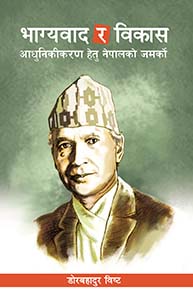
Author: Dor Bahadur Bista
Year: 2020
Publisher: Dor Bahadur Bista Family
This book elaborates and informs—in great detail—about the caste system in Nepal.
Charako Geet
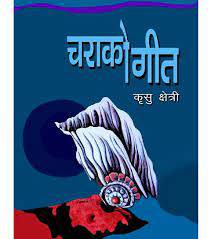
Author: Krishu Chhetri
Year: 2018
Publisher: Sajha Prakashan
The poems in this book equate human freedom to the life of a bird. I find them endearing and motivating.
Talcha

Author: Dilip Bantawa
Year: 2021
Publisher: Phoenix Book House
This collection of stories is honest and analytical of Kirati culture and represents the people accurately.
Nirbanda Montage
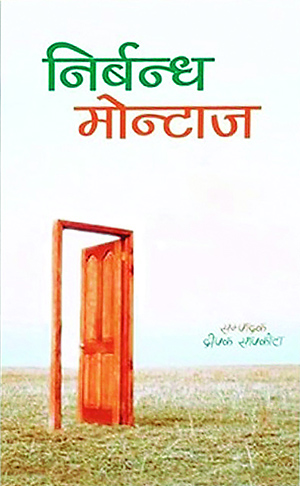
Author: Deepak Sapkota
Year: 2013
Publisher: BN Pustak Sansaar
After reading this book, I was exposed to the ideas and perspectives of several contemporary essayists.
Pratiwahan

Author: Manisha Gauchan
Year: 2022
Publisher: Indigo Ink
This unique collection of short stories is uplifting and reflects human emotions from multiple angles.
Flanders Field ma Tamorko Suseli
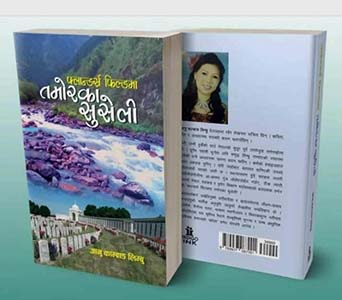
Author: Janu Kambang Limbu
Year: 2022
Publisher: Indigo Ink
The description of sceneries from Panchthar to London is vivid and induces a feeling akin to being there yourself.




 22.64°C Kathmandu
22.64°C Kathmandu














